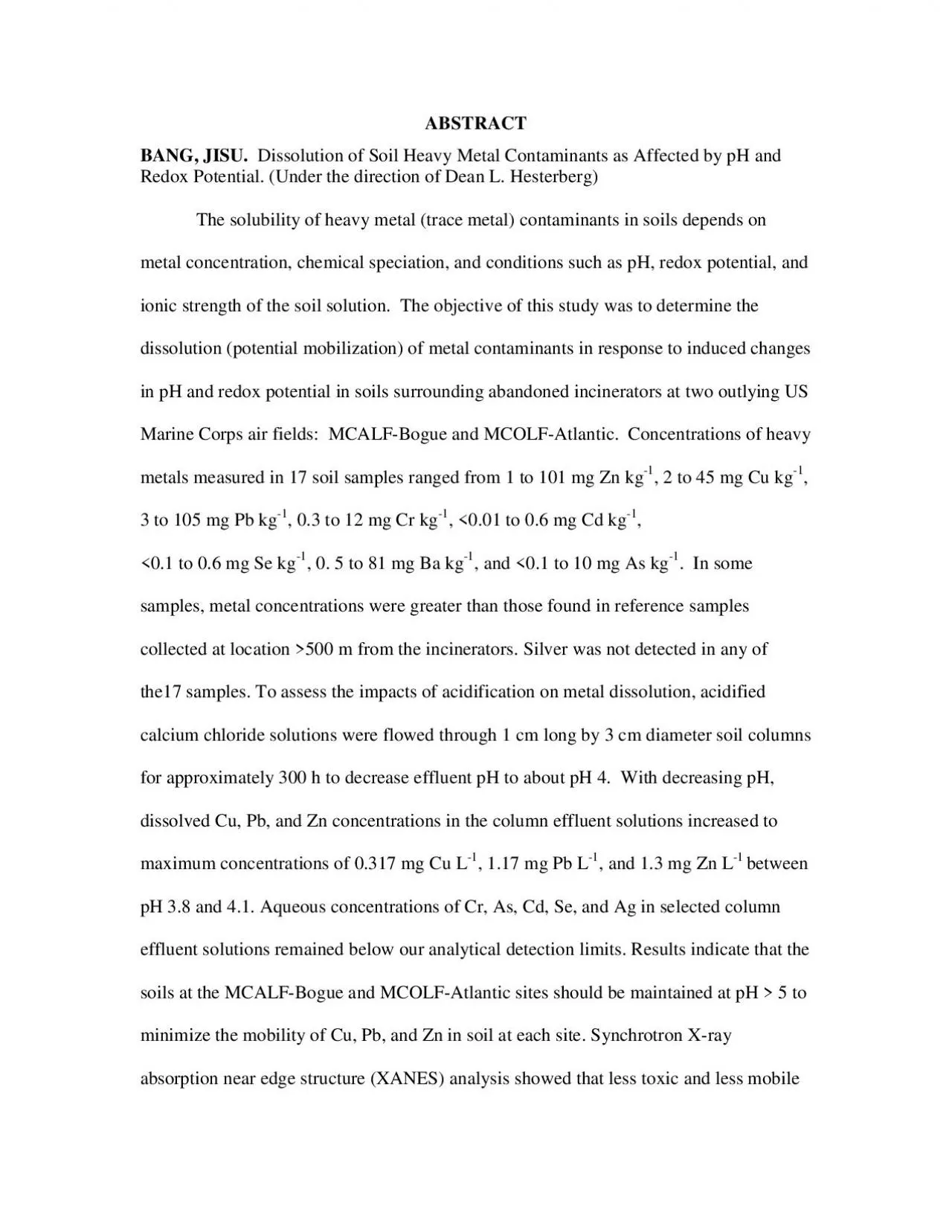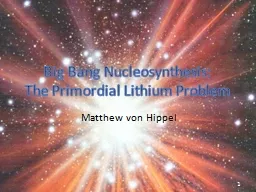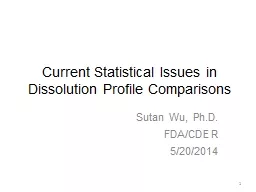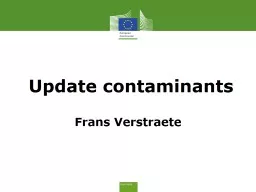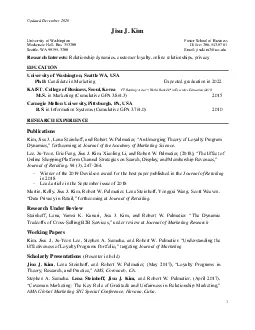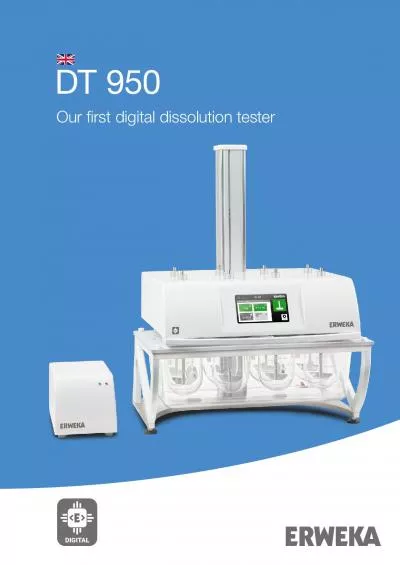PDF-ABSTRACT BANG, JISU. Dissolution of Soil Heavy Metal Contaminants as
Author : ash | Published Date : 2021-02-11
CrIII and AsV were dominant in soil at each site and that CrIII was not oxidized to CrVI by soil acidification in column flow experiments During 30 day redox incubation
Presentation Embed Code
Download Presentation
Download Presentation The PPT/PDF document "ABSTRACT BANG, JISU. Dissolution of Soi..." is the property of its rightful owner. Permission is granted to download and print the materials on this website for personal, non-commercial use only, and to display it on your personal computer provided you do not modify the materials and that you retain all copyright notices contained in the materials. By downloading content from our website, you accept the terms of this agreement.
ABSTRACT BANG, JISU. Dissolution of Soil Heavy Metal Contaminants as: Transcript
Download Rules Of Document
"ABSTRACT BANG, JISU. Dissolution of Soil Heavy Metal Contaminants as"The content belongs to its owner. You may download and print it for personal use, without modification, and keep all copyright notices. By downloading, you agree to these terms.
Related Documents

